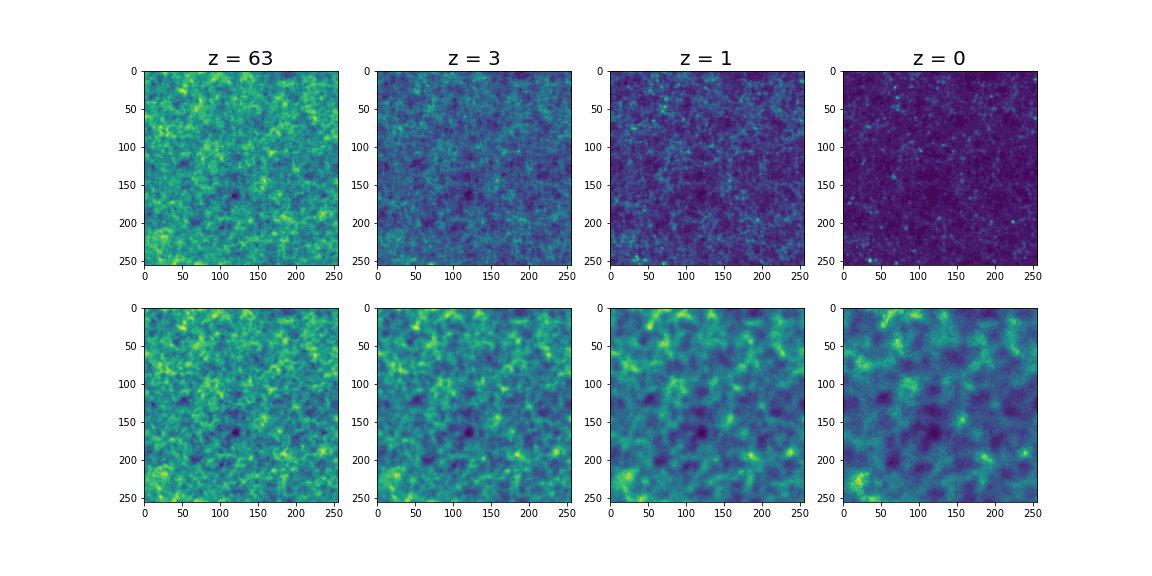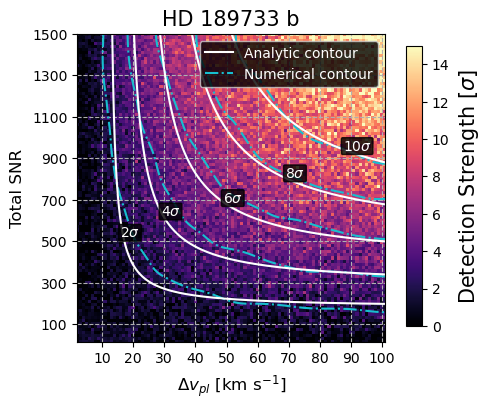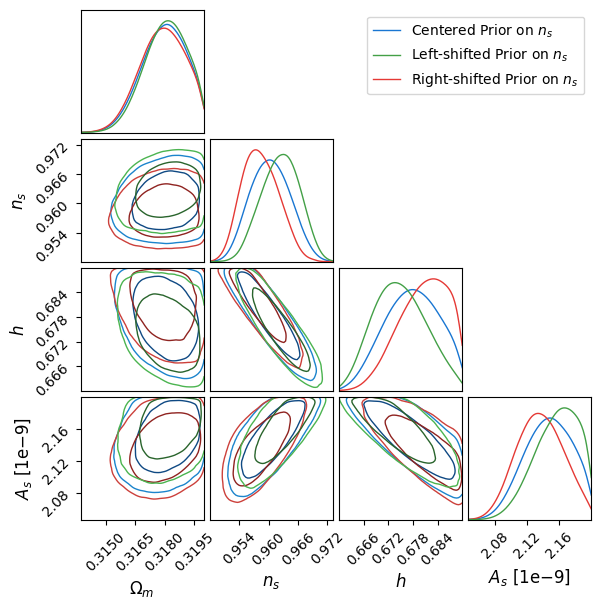Projected Density Fields using N-body Simulations
Brookhaven National Laboratory
Weak gravitational lensing data from galaxy surveys can be used to probe the underlying dark matter distribution and predict cosmological measurements. Traditionally, most weak lensing analyses utilize summary statistics (e.g. two-point correlation function / power spectrum) to simplify weak lensing maps for efficient and precise measurements. However, two-point statistics are not insufficient for extracting all available information that is contained in a cosmic map, such as non-Gaussianities. Field-level inference is a technique that parameterizes the entire cosmic map for more accurate cosmological measurements. In another Science Undergraduate Laboratory Internship (SULI) with Dr. Anže Slosar, I ran a suite of 100 dark-matter-only N-body simulations and studied the statistical variance in the projected density fields. The goal of this project is to understand how the 2D projection of the density field evolves over time so we can perform field-level inference on 2D weak lensing maps (for more accurate cosmological constraints). I have been comparing my simulation results to predictions from 2nd-order Lagrangian perturbation theory. The image shows the projected density fields of all 100 simulations over time, with the mean of the fields on the bottom row.


